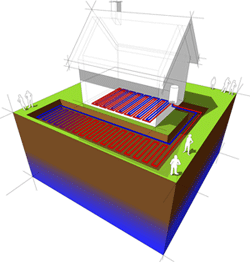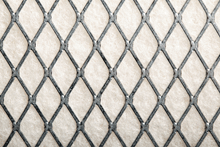You may be considering a whole-house humidifier system to relieve some of the discomforts of an overly dry home, but have you considered that such a system might add to the warmth of the house as well? An infusion of warm steam will bring moisture to the air without counteracting the heat produced by your furnace or heater. There are several types of humidifier systems, including:
Bypass humidifiers: Air is forced through saturated water panel pad through a bypass duct that connects the return and supply ductwork.
Fan-powered humidifiers: Similar to the bypass model, fan-powered humidifiers force air through a saturated pad.
Drum humidifiers: A circular drum covered by a foam pad rotates through a pan of water, and air is forced through it via a bypass duct.
Self-contained humidifiers: A fan forces water through a saturated pad using a self-contained fan, eliminating the need for a forced-air system.
Steam injection humidifiers: The unit boils water to create steam, which then travels through forced-air ductwork, warming the air as it enters the room.
Benefits of steam injection humidifiersWhile doctors often recommend humidifiers to promote health, those which depend on water-saturated pads may be susceptible to bacteria and molds. A steam injected system, like the Honeywell TrueSTEAM humidification system, minimizes these concerns and delivers the cleanest form of moisture into your home. Steam injection distributes warm, moist air into a room and saves money on heating bills in two ways:
Humidified air feels warmer than dry air.
The infusion is warm, not cool, so the heating unit gets a boost from the humidifier instead of having to re-heat the air it cooled.
For more information about whole-house humidifier systems, and which system is most appropriate for your needs, please contact us at Air Assurance. Our friendly staff has been helping customers keep their Broken Arrow area homes and businesses comfortable for more than 35 years.Our goal is to help educate our customers in the Tulsa and Broken Arrow, Oklahoma area about energy and home comfort issues (specific to HVAC systems). Image courtesy of Shutterstock




















